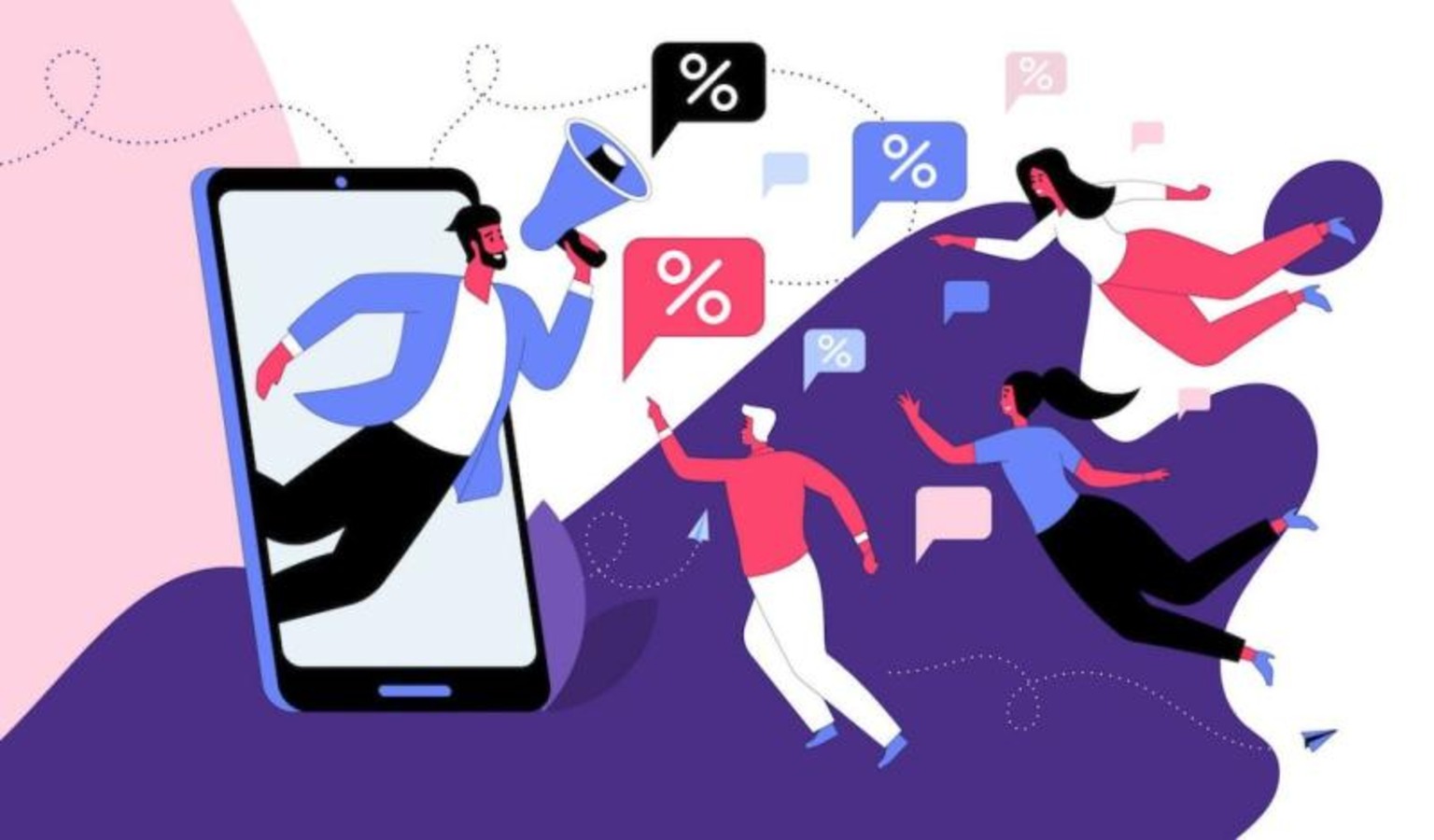Fashion Influencer Marketing Market is Booming and Predicted to Hit US$ 86.1 Billion by 2032
Dec 11, 2023

According to IMARC Group, the global fashion influencer marketing market size reached US$ 5.0 Billion in 2023. Looking forward, the market is expected to reach US$ 86.1 Billion by 2032, exhibiting a growth rate (CAGR) of 35.7% during 2024-2032.
Digital and Social Media Proliferation:
The explosive growth of digital and social media platforms is a primary driver of the fashion influencer marketing market across the globe. Platforms like Instagram, TikTok, and YouTube have become integral to fashion marketing strategies, providing a direct channel for influencers to reach and engage with large audiences. These platforms facilitate visually rich content, ideal for showcasing fashion trends and products, and enable influencers to build personal brands that resonate with their followers. The increasing time consumers spend on these platforms further amplifies the reach and impact of influencer marketing, thus making it a vital tool for fashion brands to connect with their target demographics.
Shift Towards Authentic and Relatable Content:
In the fashion influencer marketing market, the growing consumer demand for authenticity and relatability is a response to the saturation of polished, idealized advertising. Modern consumers, especially millennials and Gen Z, are increasingly seeking genuine, transparent interactions. They prefer influencers who showcase real lifestyles and honest opinions, rather than those who only present unattainable ideals or scripted endorsements. This shift has led to a greater value being placed on content that reflects true personal experiences, individual style, and authentic storytelling. Influencers who embody these qualities resonate more deeply with audiences, fostering a sense of trust and connection. Consequently, brands are aligning with influencers whose personal values and aesthetics genuinely match their own, ensuring that promotional content is both relatable and credible to the target audience.
Evolving Consumer Behavior and E-commerce Integration:
The changing consumer shopping behaviors, with a tilt towards online shopping, play a significant role in the growth of the fashion influencer marketing market. Influencers are increasingly becoming key decision drivers in the consumer purchase journey, with their recommendations often leading to direct sales. The rising integration of e-commerce features in social media, such as shoppable posts and direct links to online stores, is making it easier for consumers to purchase products endorsed by influencers instantly. This seamless integration of influencer marketing and e-commerce platforms not only enhances the shopping experience but also provides measurable ROI for brands, making influencer marketing an increasingly attractive and effective strategy in the fashion industry.
Leading Companies Operating in the Global Fashion Influencer Marketing Industry:
AspireIQ Inc.
Hypr Brands (JuliusWorks Inc.)
InfluencerDB
Izea Worldwide Inc.
Klear
Launchmetrics
Mavrck
Socially Powerful Media Limited
Speakr Inc.
Upfluence Incorporated
Fashion Influencer Marketing Market Report Segmentation:
The report is organized into distinct sections as follows:
Breakup by Influencer Type:
Megainfluencers
Macroinfluencers
Microinfluencers
Nanoinfluencers
Nanoinfluencers represent the largest influencer type segment in the fashion influencer marketing market due to their higher engagement rates, authenticity, and cost-effectiveness for brands targeting niche audiences.
Breakup by Fashion Type:
Beauty and Cosmetics
Apparels
Jewelry and Accessories
Beauty and cosmetics represent the largest fashion type segment in the fashion influencer marketing market because of the significant consumer interest in these products, driven by visual appeal and personalization opportunities.
Regional Analysis:
North America
Europe
Asia Pacific
Latin America
Middle East and Africa
North America represents the largest region in the market due to its high social media penetration, substantial consumer spending power, and the presence of numerous fashion brands leveraging influencer marketing.
Global Fashion Influencer Marketing Market Trends:
The shift towards micro-influencers, who, despite smaller followings, offer higher engagement and niche audience appeal represents one of the key factors driving the growth of the fashion influencer marketing market across the globe. This is particularly effective for brands targeting specific demographics. In line with this, authenticity and relatability are becoming increasingly important, as consumers favor genuine connections and trustworthiness over polished, overtly promotional content. This trend is steering brands towards influencers whose personal style and values align closely with theirs.
In addition to this, sustainability and ethical fashion are gaining prominence, with influencers often championing eco-friendly and socially responsible brands. Moreover, social commerce is streamlining the shopping experience, allowing direct purchases through influencer content. Apart from this, advanced data analytics and artificial intelligence (AI) are being utilized for optimized influencer-brand matching, enhancing campaign effectiveness and ROI.
Source: industrytoday
